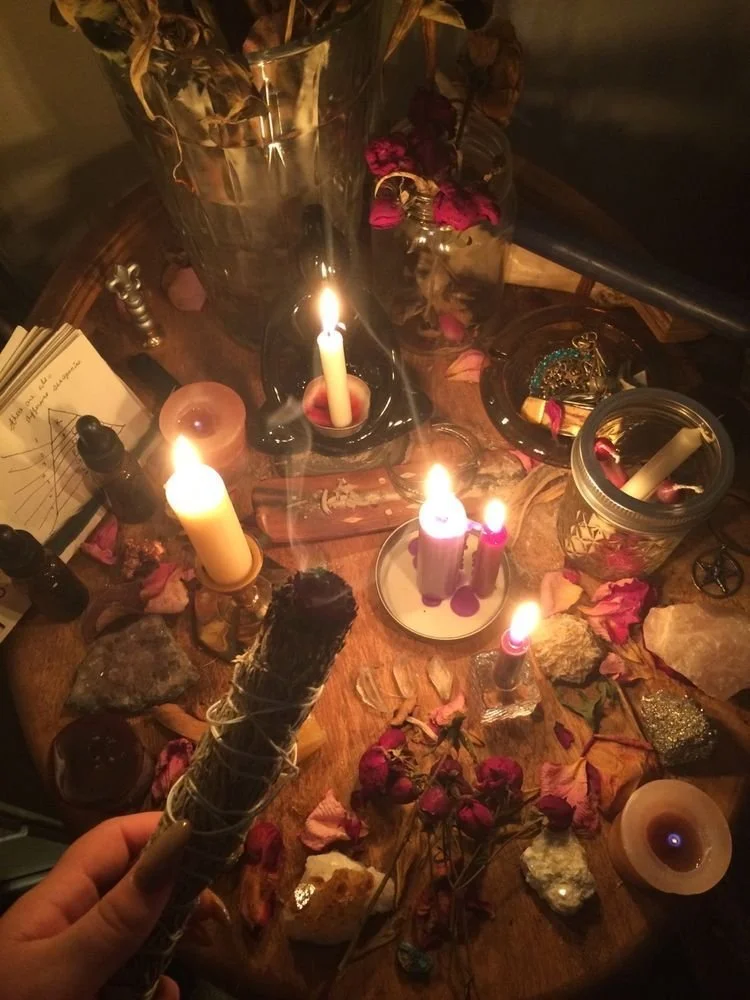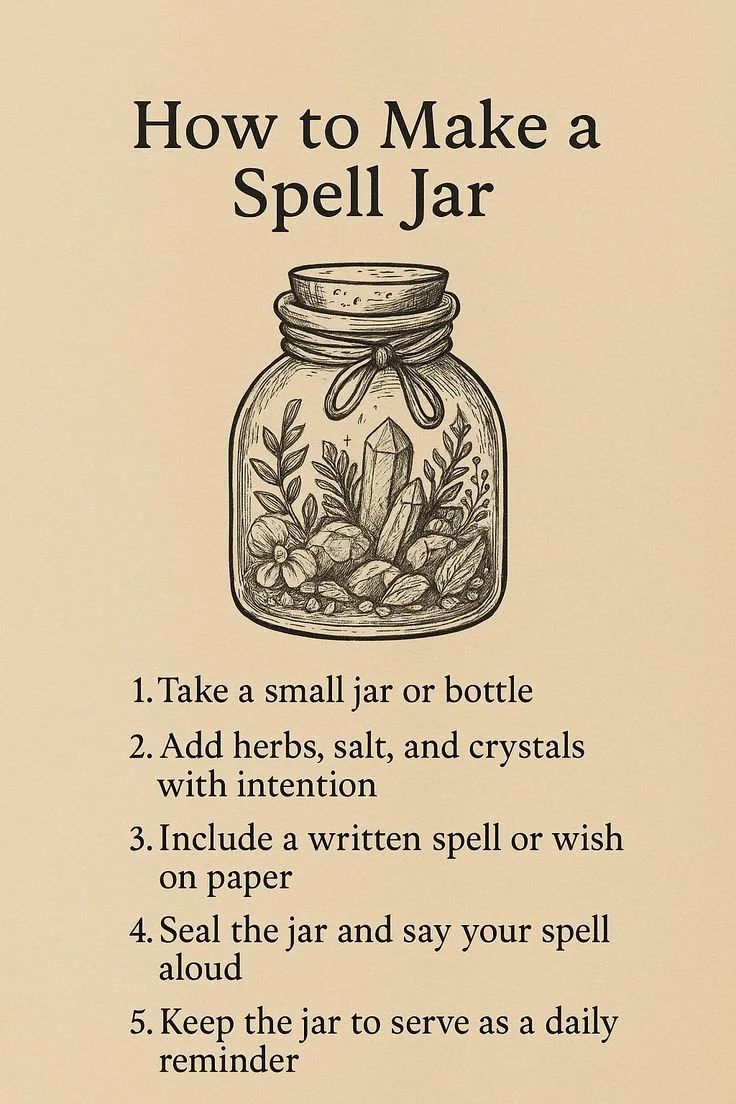The Rise of the Etsy Witch: PayPal Spells and Algorithm Faith
There’s a new kind of witchcraft trending and it's not a horoscope or tarot reading. The “Etsy Witch” phenomenon started quietly with a girl posting that her Etsy witch changed her life, another joking about her ex’s bald spot growing after a candle ritual. Now, the hashtag counts millions of views, a mix of humor, curiosity and capitalism disguised as cosmic energy. Scrolling through the reels, you’ll find the same pattern: people whispering confessions about spells on their love lives, careers and self-worth. Some buy Obsession Spells for $60, others pay for same-day-life-changing-event like they’re ordering a matcha latte at LAP. The videos walk the line between satire and sincerity, because it’s never quite clear who’s joking.
But here’s the thing: this trend isn’t really about witchcraft. It’s about taking control in a world that constantly makes you feel powerless. Whether it’s a job ghosting you or a lover vanishing into “seen,” the Etsy Witch offers a quick illusion of action and power. Taking things in your own hands with a few clicks, the right spell and of course your online banking. You could call it a PayPal-powered placebo for heartbreak.
This is witchcraft for the internet era: unserious, ironic, yet deeply revealing of a generation trying to manifest something real from an algorithmic void. Looking into it a bit more seriously, you notice that healing used to be personal, messy and offline. Now, it comes with product links. From “self-love” spell jars to $88 “energy cleansing” bundles, recovery has become a lifestyle industry. Emotional pain is rebranded as content; grief is monetized through guided affirmations and color-coded crystals. The Etsy Witch isn’t just selling hope; she’s selling the fantasy that healing or revenge can be shipped with next-day delivery. WitchTok had its roots in the softer chaos of Tumblr circa 2012; where moon phases and mystic energy first collided. What began as an aesthetic of dark individuality turned into a micro-economy of candles, cards and curated algorithm. The witch became less a figure of fear and more a digital archetype: part influencer, part oracle.
The internet taught a generation to manifest and then sold it back to them. The “Lucky Girl Syndrome” and Etsy Witch movements share the same glitch: they confuse purchasing power with spiritual power. Self-worth becomes another subscription, the algorithm your new oracle. Spirituality, but make it checkout-ready. It’s not about casting spells on someone else; it’s about casting one on yourself. What’s fascinating isn’t whether they work, but how they reflect a collective need to do something, literally anything like paying an online fake witch, when ghosted, heartbroken, or unseen. In a culture built on disappearing control, buying a spell feels like the only thing left that’s yours
by Lareen Roth

